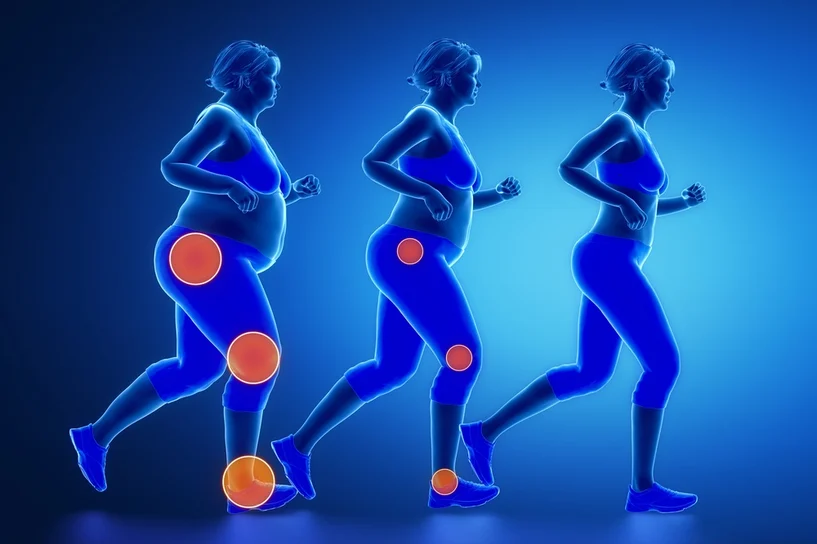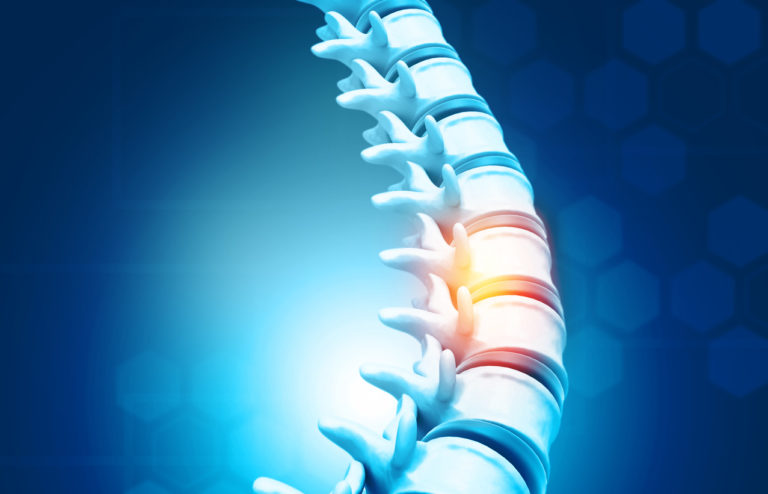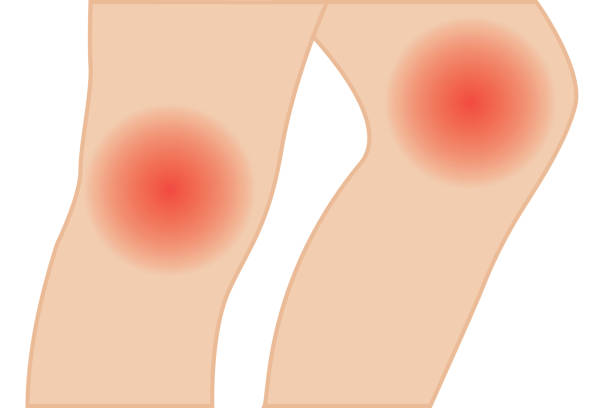



A meniscus tear and an ACL tear are two common knee injuries that can cause extreme pain and discomfort. The pain is a result of friction between the knee joint and bones. A meniscus or ACL tear can leave you struggling for days, weeks, or even months. To aid in faster healing and return to normal activities like walking and running, using a knee brace specifically designed for a meniscus tear or ACL tear can be helpful. These best knee brace for ACL and knee brace provide stability to the knee joint and enable a wider range of motion. If you’ve torn your meniscus and ACL tear, get the best knee brace for ACL and meniscus tears from a medical supply company to speed up the healing process.
Before exploring the best knee brace for ACL and meniscus tear, it’s important to understand what meniscus tear and ACL tear are.
What Is Meniscus Tear?
Meniscus tear is one of the most common knee injuries that can occur to people of all ages. So what is a meniscus? A meniscus is a C-shaped cartilage that works as a shock absorber in the knee and provides a cushioning effect to the joint. It reduces friction and protects bones from wear and tear.
A meniscus tear occurs due to twisting, a sudden change in the direction, or when a piece of cartilage breaks loose and becomes stuck in the knee joint, causing it to lock up. When a meniscus is torn, it can cause extreme pain and discomfort.
Symptoms of Meniscus Tear
A torn meniscus might give you a popping sensation. Other symptoms include:
• Stiffness and swelling
• A feeling of your knee giving away
• Locked knee” feeling when trying to move
• Difficulty in straightening the knee
Who Might Tear A Meniscus?
Among athletes, a meniscus tear may result from trauma resulting from sports or recreational activities involving jumping or twisting motions. It is also a potential risk for older people who might experience a tear due to age-related meniscus degradation. Senior citizens between the age 40-60 or above experience this condition as the meniscus gets weaker with time. A good knee brace for meniscus tear provides extra stability and complements quick recovery.
Can Meniscus Tears Heal On Their Own
Meniscus tears can sometimes heal on their own with proper rest, physical therapy, and pain management. However, the extent and location of the tear can affect the likelihood of self-healing.
In some cases, a doctor might recommend you wear the best knee brace for ACL and meniscus tear to stabilize your joint. In severe cases, surgery may be necessary to remove or repair the damaged tissue.
The decision for treatment should be made in consultation with a doctor, taking into consideration the severity of the injury, physical activity level, and overall health.
Will Wearing A Knee Brace Help A Torn Meniscus?
Yes. Though a knee brace for a meniscus tear does not cure the tear itself, they offer added support and stability during the healing process of a meniscus tear.
A quality knee brace can alleviate pressure on the meniscus and facilitate healing by safeguarding the knee. You can also use a knee brace for meniscus tears after surgery to immobilize the knee joint so it can recover fast.
What Is An ACL Tear?
An ACL injury occurs when the anterior cruciate ligament (ACL) in the knee is stretched or torn, resulting in either a partial or full tear. If the tear is serious, it may injure the kneecap, ligaments, and cartilage as well.
ACL injuries are common in sports that involve rapid stops, directional changes, jumping, and landing such as soccer, basketball, football, and downhill skiing.
Symptoms of ACL Tear
When an ACL injury occurs, a “popping” sensation or a pop may be felt in the knee. The symptoms may include:
• Severe pain which makes it difficult to walk
• Rapid Swelling in the knee and surrounding area
• A feeling of instability
• Loss of range of motion
In this video, an expert has explained how you can check your torn ACL.
Do ACL tears heal on their own?
No, ACL tears cannot heal on their own – you either need a conservative treatment plan or go for surgery in severe cases. The healing procedure depends on whether the tear is partial or full. Your doctor will evaluate the severity of your injury. If the ACL ligament is only stretched or partially torn, it will respond well to conservation treatments such as anti-inflammatory medication, wearing the best knee brace for ACL tear, and physical therapy.
You can also do some exercises at home to rehab an ACL injury. In this video, an expert has explained some useful exercises to treat ACL injury.
Should You Wear A Knee Brace With A Torn ACL?
Yes. The best knee brace for ACL and Meniscus tear provide high-level support and protect the healing graft after reconstruction. Moreover, many patients, especially athletes who return to sports within one year of ACL injury used the best knee brace for ACL and meniscus tear to protect their knee and prevent re-injury.
How Can The Best Knee Brace For ACL And Meniscus Tear Relieve Pain?
As we know a torn ACL or meniscus can significantly affect your daily activities. Therefore, getting on top of these issues is important to prevent imbalance or further progression in the injury. The best knee brace for ACL and meniscus tear will provide extra support and take the pressure off your knee, allowing it to rest and heal. Orthopedic knee braces are also used for support post meniscus tear knee injury.
The best knee brace for ACl and meniscus tear provides medical-grade compression, helps increase proprioception, and reduces swelling by promoting blood circulation in the affected area. These knee braces come with cushioning pads that keep the good alignment of the kneecap, provide extra support, and relieve pain.
Benefits Of Using The Best Knee Brace For ACL And Meniscus Tear
Using the best knee brace for ACL and Meniscus tear will provide the following benefits:
• Alleviate pain and control swelling
• Immobilize and stabilize knee joints and bones
• Relieve arthritis pain
• Support your knee while playing sports
• Provide knee support to older people so they walk with comfort
How To Choose The Best Knee Brace For ACL And Meniscus Tear?
The choice of the best knee brace for ACL and meniscus tear depends on each patient’s unique circumstances. There are different types of knee braces available and your choice should depend on the severity of your meniscus tear, which areas are injured and where are you in your recovery process.
Below we have shared different types of the best knee brace for ACL and meniscus tear based on their functionality and uses.
1. Hinged Knee Braces
Hinged knee braces are best designed to provide a high level of support to control instability in case of a torn ACL or meniscus. If you have torn meniscus on both sides, a hinged knee brace for meniscus tear will provide compression, decrease swelling & pain and promote faster healing within the knee. These braces are also useful for ligament injuries such as anterior cruciate ligament (ACL), posterior cruciate ligament (PCL), lateral collateral ligament (LCL), and medial collateral ligament (MCL).
2. Rigid Knee Braces
Rigid braces have a sturdy, inflexible structure that controls the bending and keeps the knee stable. The primary function of these braces is to avoid lateral movements that may damage your ACL and meniscus. Rigid braces are commonly used for sportspeople as they provide strong outer protection during intense physical activity.
3. Offload Knee Braces
As the name suggests, an offload knee brace unloads or redistributes pressure and weight to the healthy side of the knee which can help relieve pain and recover quickly from a torn meniscus.
Crafted from molded plastic and steel stunts, an offload knee brace is the best option for degenerative meniscus tear caused by osteoarthritis (OA).
4. Soft Knee Brace
Athletes who need knee support after rehab use soft knee braces. They offer mild to moderate support and help treat a minor meniscus tear.
5. Compression Sleeves
A knee compression sleeve does not offer strong support but it is useful for improving the knee joint position sense. Compression sleeves are useful for people who require compression therapy to reduce pain and swelling in the knee.
Note: It is worth noting here that not everyone with a torn ACL or meniscus will require a brace. Some people heal with rest and medication. Thus, it is highly recommended to visit your healthcare provider before considering a knee brace. They will evaluate your knee condition and prescribe you the best knee brace for ACL and meniscus tear.
How Long Should You Wear A Knee Brace To Relieve Pain?
It all depends on the severity of the injury and advice from your healthcare provider or physical therapist. Make sure you follow the advice of your doctor and use a brace according to the guidelines.
Where To Buy The Best Knee Brace For ACL And Meniscus Tear Online?
Should you experience a meniscus tear, consider integrating a knee brace into your recovery journey. Daphco, a Medicare-approved supplier offers a range of knee braces to treat various knee injuries. If you’re not a Medicare beneficiary, we can assist in providing you with the best knee brace for ACL and meniscus tear at a minimal cost.
Does Medicare cover braces for your knee? Find all the information about Medicare knee surgery and knee braces coverage here.
Search Articles
Latest Articles
28th Feb, 24
23rd Feb, 24
20th Feb, 24
15th Feb, 24
13th Feb, 24



 888-616-4156
888-616-4156 

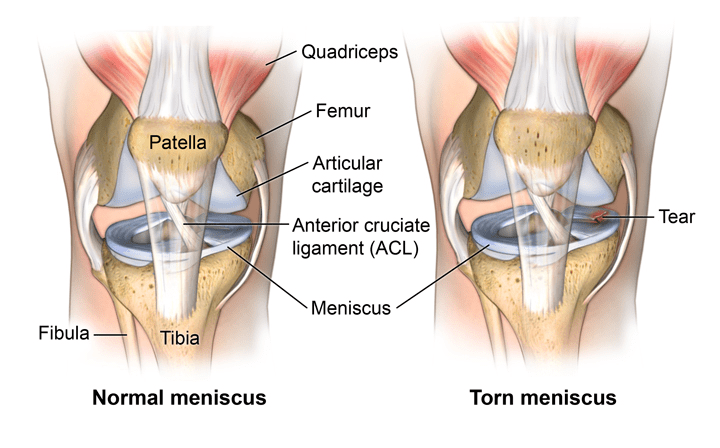

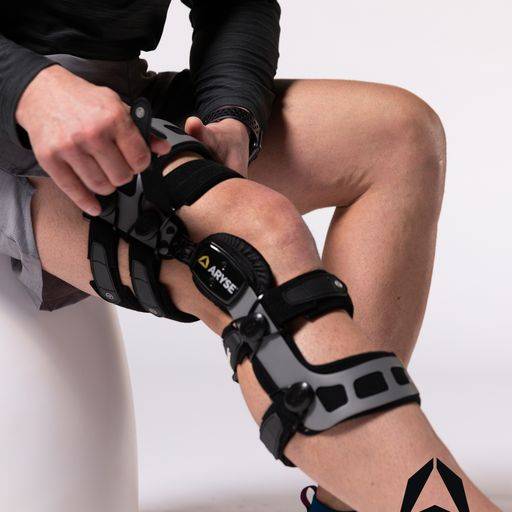

 28th Feb, 24
28th Feb, 24 